Via Francigena Part 2 route map |
Calais ~ Guînes ~ Licques ~ Wisques ~ Thérouanne ~ Amettes ~ Camblain l’Abbe ~ Arras |
Distance: 139km (174/1,900km) |
Time (for us): 8 days |
Ascent: 1,304m |
Ruins | Churches | Nuns, monks & abbeys | 1000 years of history |
The beginnings of the continental Via Francigena, what a moment. (The UK bit from Canterbury is here by the way). The route winds out of the Calais port into the fields, forest and villages off the usual tourist trails, in the department of Pas-de-Calais. This is an adventure into a pretty, green hinterland. Our first milestone: Arras.
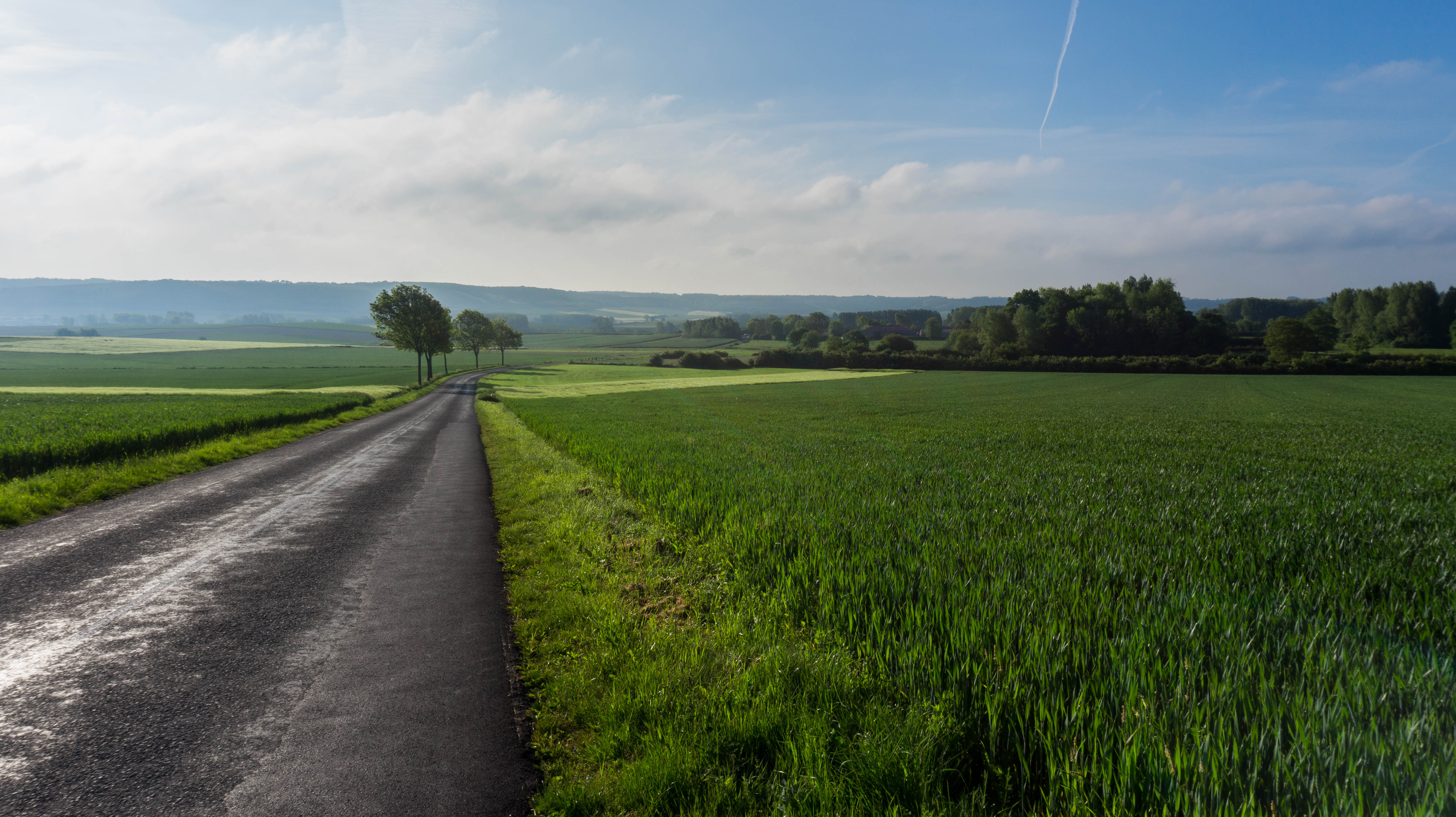
It starts in a deserted Calais, where we arrived in the late afternoon. We walked into the evening, past Calais’s huge clock tower and eerie Rodin sculpture, out along streets and still canals. In gathering dark we pitched up at our first French campsite, 14km away, a free-to-stay for pilgrims. That first night over the Channel is a big feeling: you arrive in France with about 730km and six weeks of walking ahead.
Trust us, it’s such an impossible, amazing prospect to get your head around.
Over the next few days we were plunged into the dark, thick forest of Guînes. Everywhere we went, there were layers of old history to wade through: here’s the field Henry VIII met the French King, when all this was still part of Britain. There’s the Colonne Blanchard, commemorating the first ever balloon flight across the Channel almost 250 years ago. And there are crumbling wayside chapels along every big road in Pas-de-Calais – so pretty, so unfamiliar.
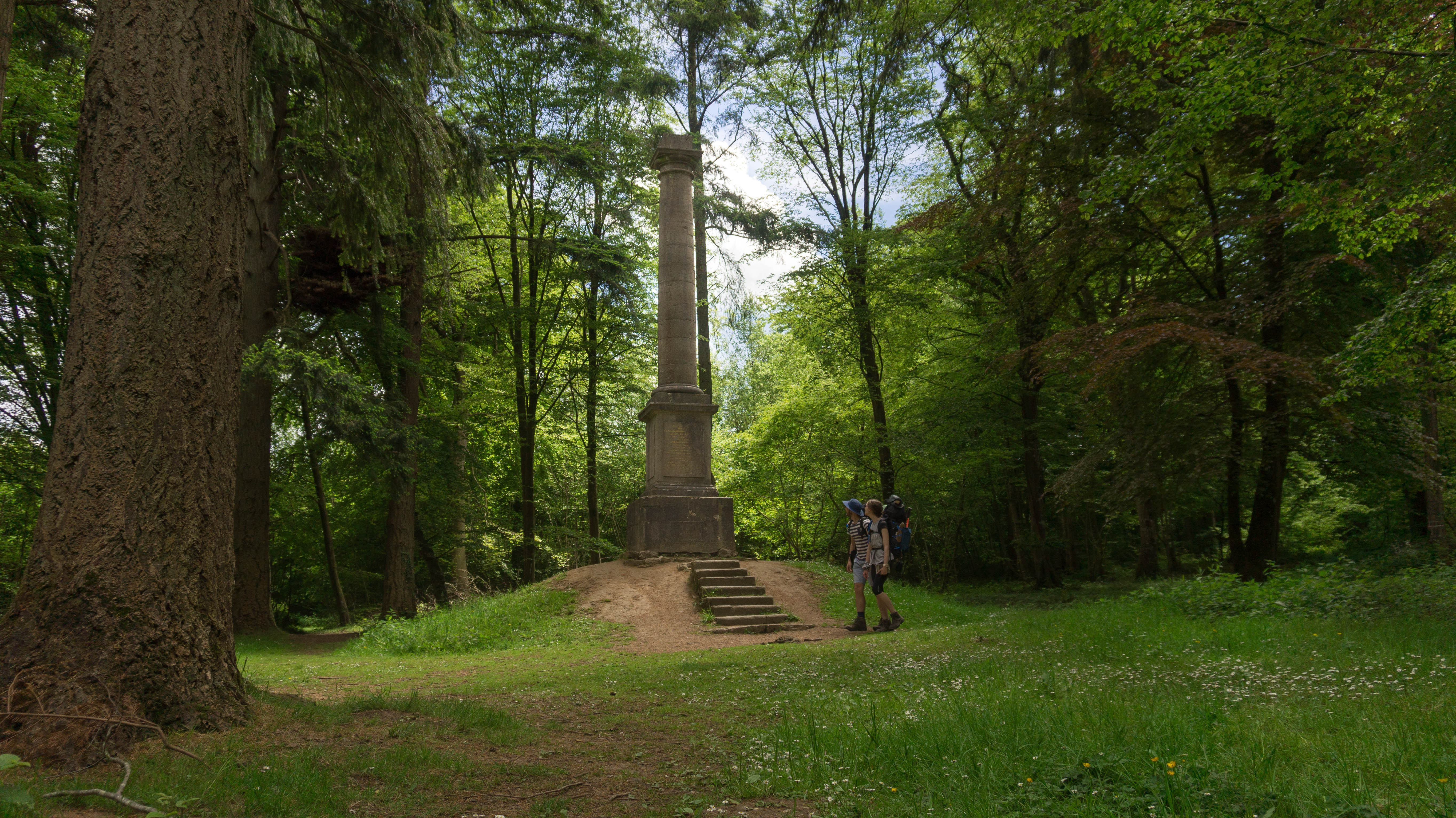
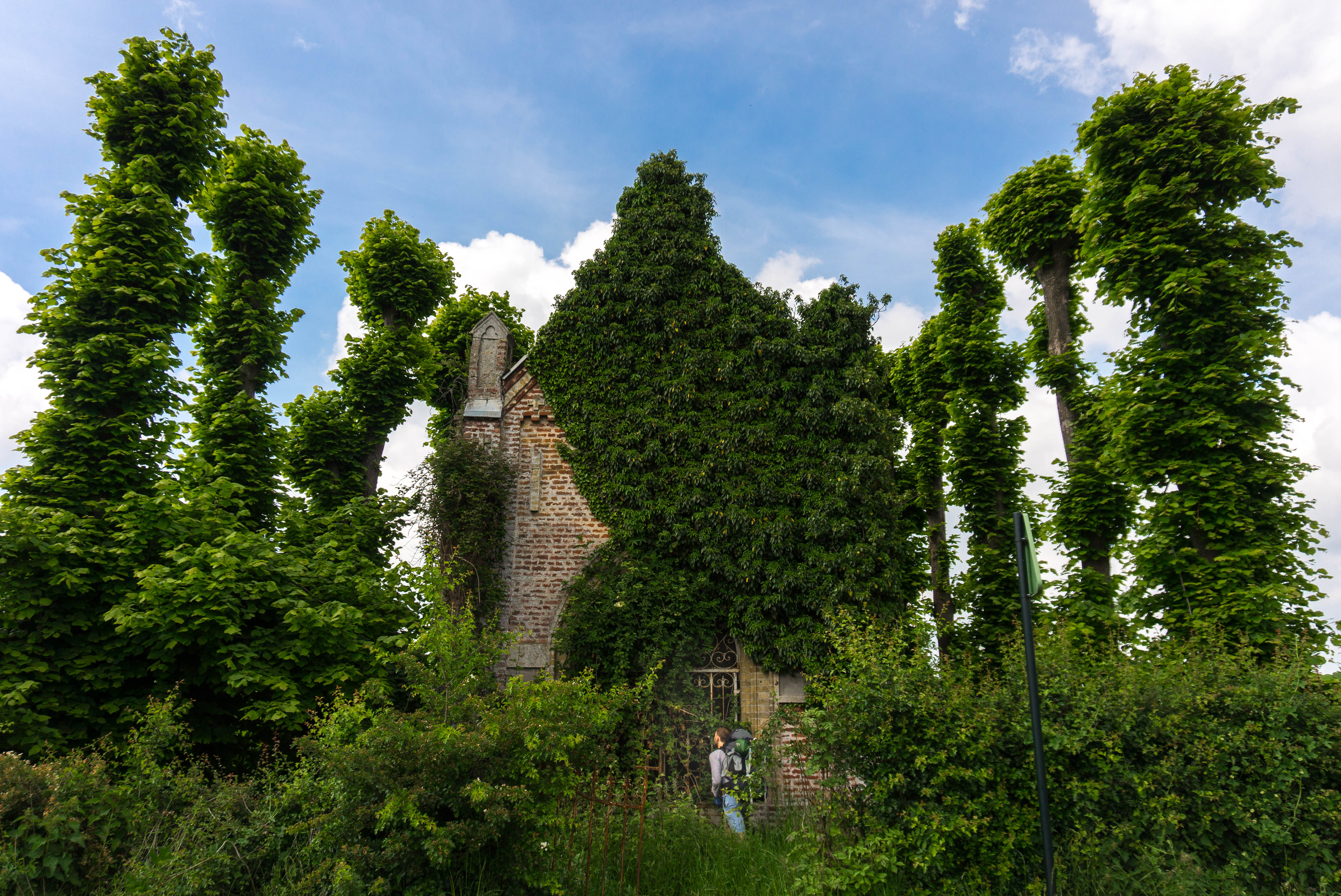
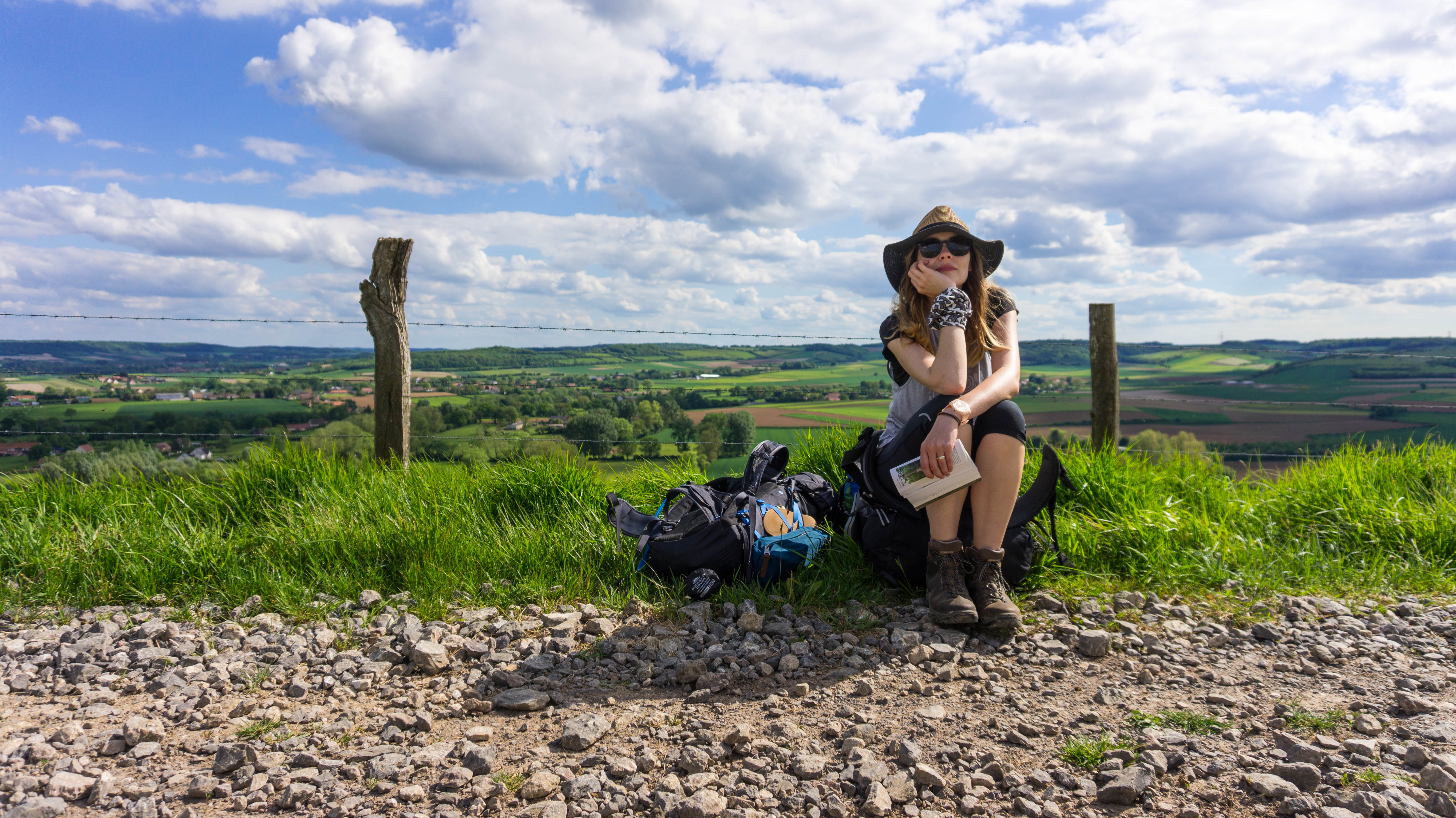
Every village in Pas-de-Calais had the same staples too, dotted along their little main streets. There’s always a little boulangerie, selling baguettes and pastries for a €1, which we would eat stuffed with tomatoes and cheese. There’ll also be a large, imposing church: empty, unlocked, everything inside cool. We would sometimes sit in them, or on our bags in the shade outside, pretty hot and tired. One chapel we forced the door open and created deep tracks in the thick, yellow dust that covered absolutely everything. Lots of places are completely deserted.
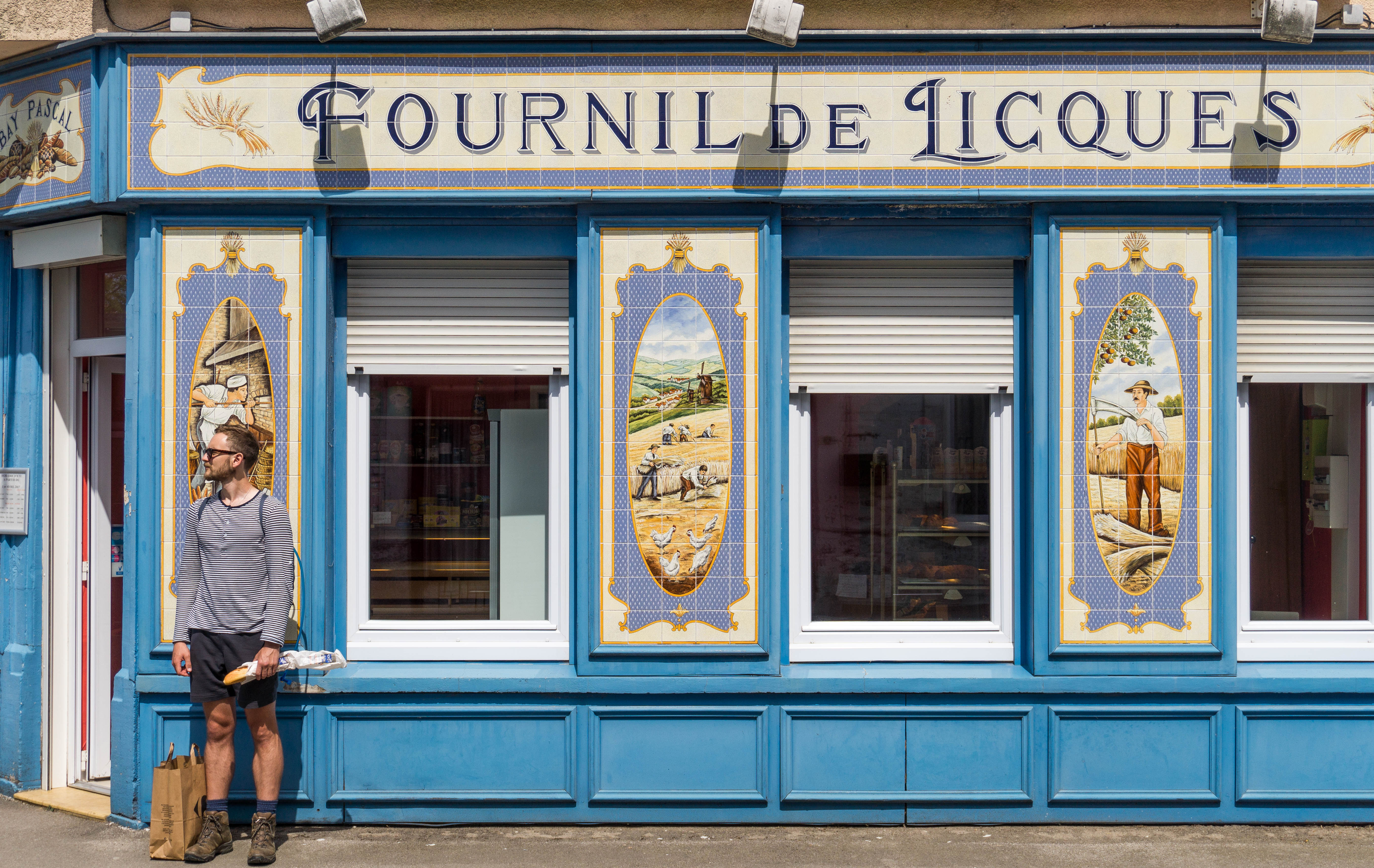
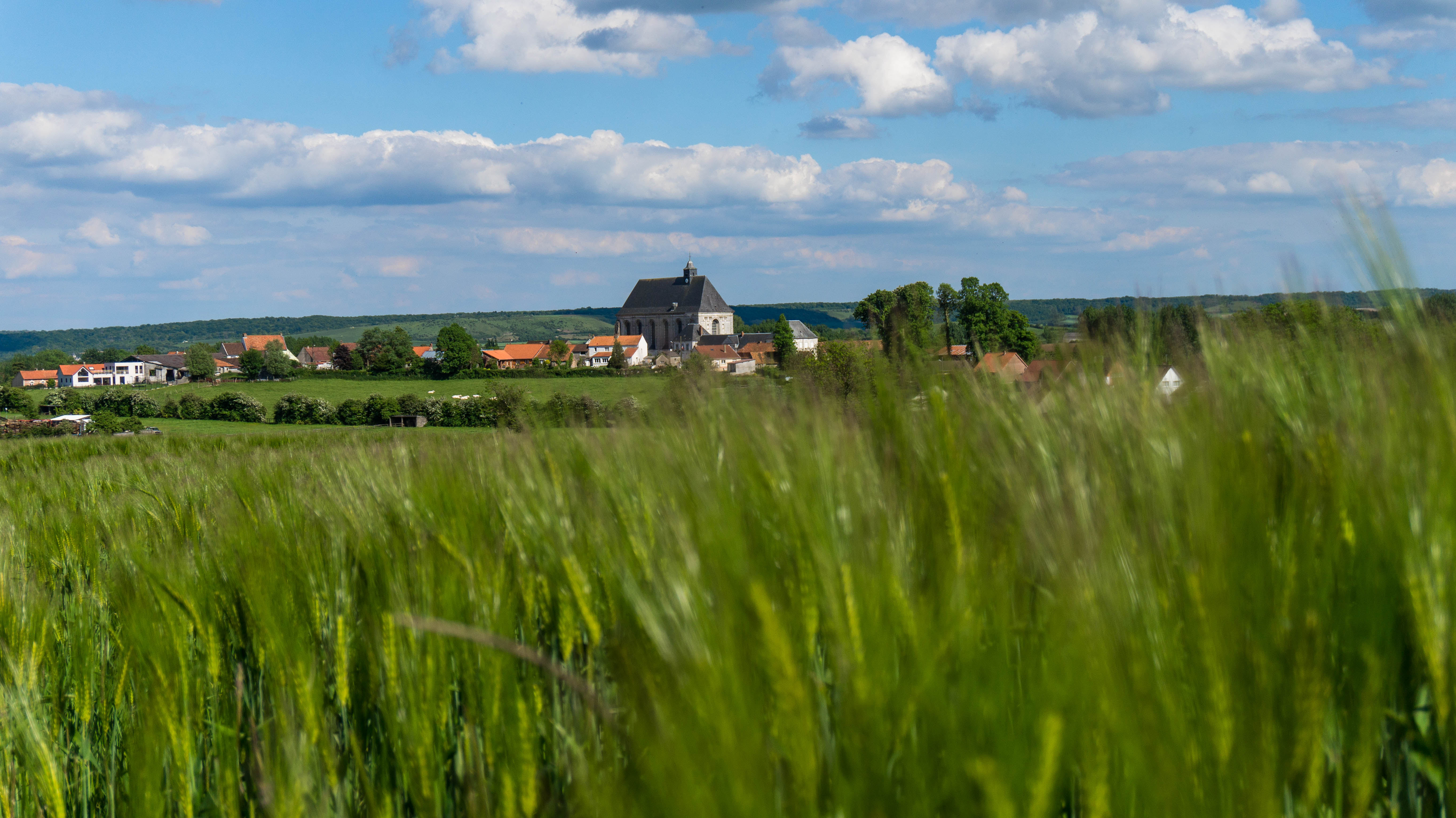
As well as camping in these little places, there are other types of stay available along the route in Pas-de-Calais: French gîtes, pilgrim halls, B&Bs, abbeys. A week in, we stayed with the nuns of Wisques, an order who take in any pilgrims in their guesthouse. The convent itself is an unbelievable sight: a huge Gothic-style building, turreted and walled. It’s also impressive to find a nun waiting for you when you arrive, reading serenely on a dining-room chair in the middle of a field.
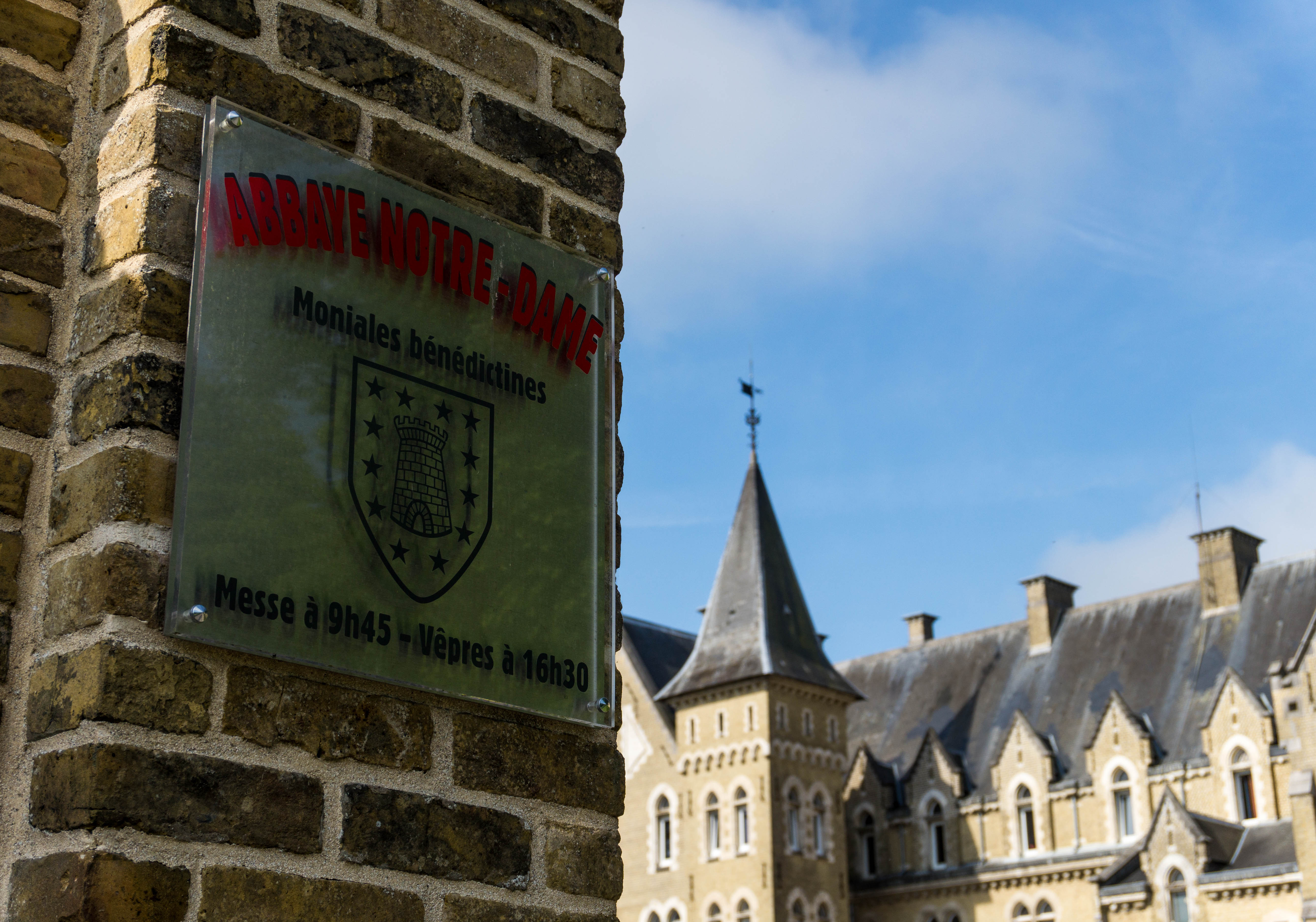
Our nun showed us to a bright, airy guesthouse, filled with little wonders. Rickety furniture stuffed the rooms, books lined the walls, old tin pots and pans cluttered the kitchen. The Sister had left the front door flung wide open, out onto the gentle hills rolling out all around us. We wondered a bit how we had ended up here, in another life almost. But hey, looking around it felt like we couldn’t have gone far wrong.
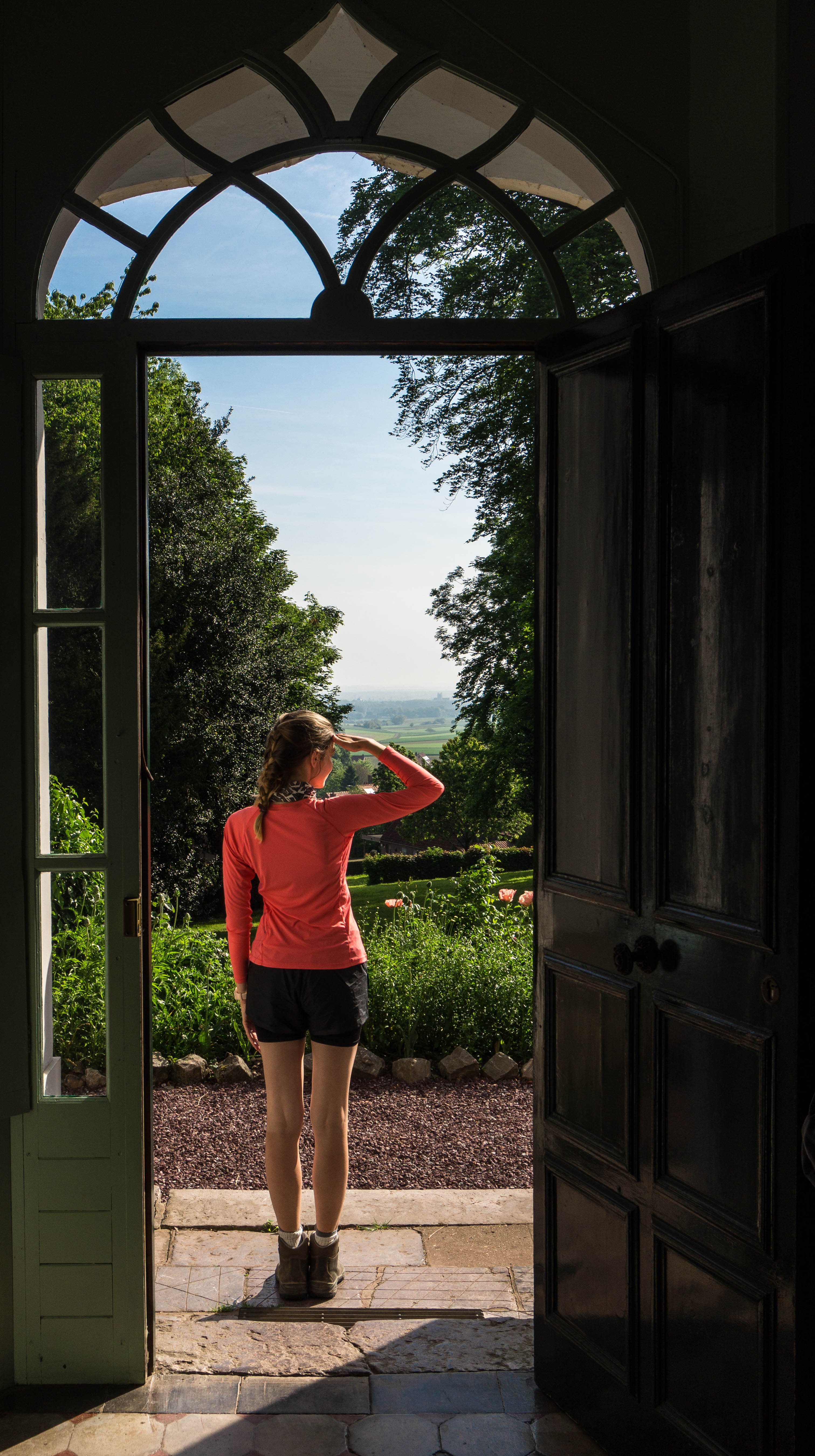
The night was quite the experience: most of the nuns stay behind the walls of the abbey, but we ate dinner with a couple of them. They beamed and chatted away, insistently passing us giant slices of terrine. Afterwards, a bell rang somewhere and we were led into their cavernous church to watch complis, their final service of the day. All the nuns -about sixteen or so- were already standing on the other side of the chapel, behind a grille. It was all sung in Latin, to which we were given the French translation (ie so we had no idea what was going on). But the drift of their high voices up into the dark shady Abbey felt soothing.
Pilgrim traces were everywhere as we walked: the cheery yellow Via Francigena signs nudging us onward to Rome even here in Pas-de-Calais. We noticed a little pilgrim man on campsite signs, or in shop windows. Shopkeepers passed us loaves of bread as we popped in to get our pilgrim passports stamped. (You can read about how we got our passports in Canterbury here). And we stumbled across the cottage of Saint-Benoît Labry, a local saint from a teeny-tiny Amettes who journeyed to Rome himself as a pilgrim – to, er, die there (so a bit off-putting, but still).
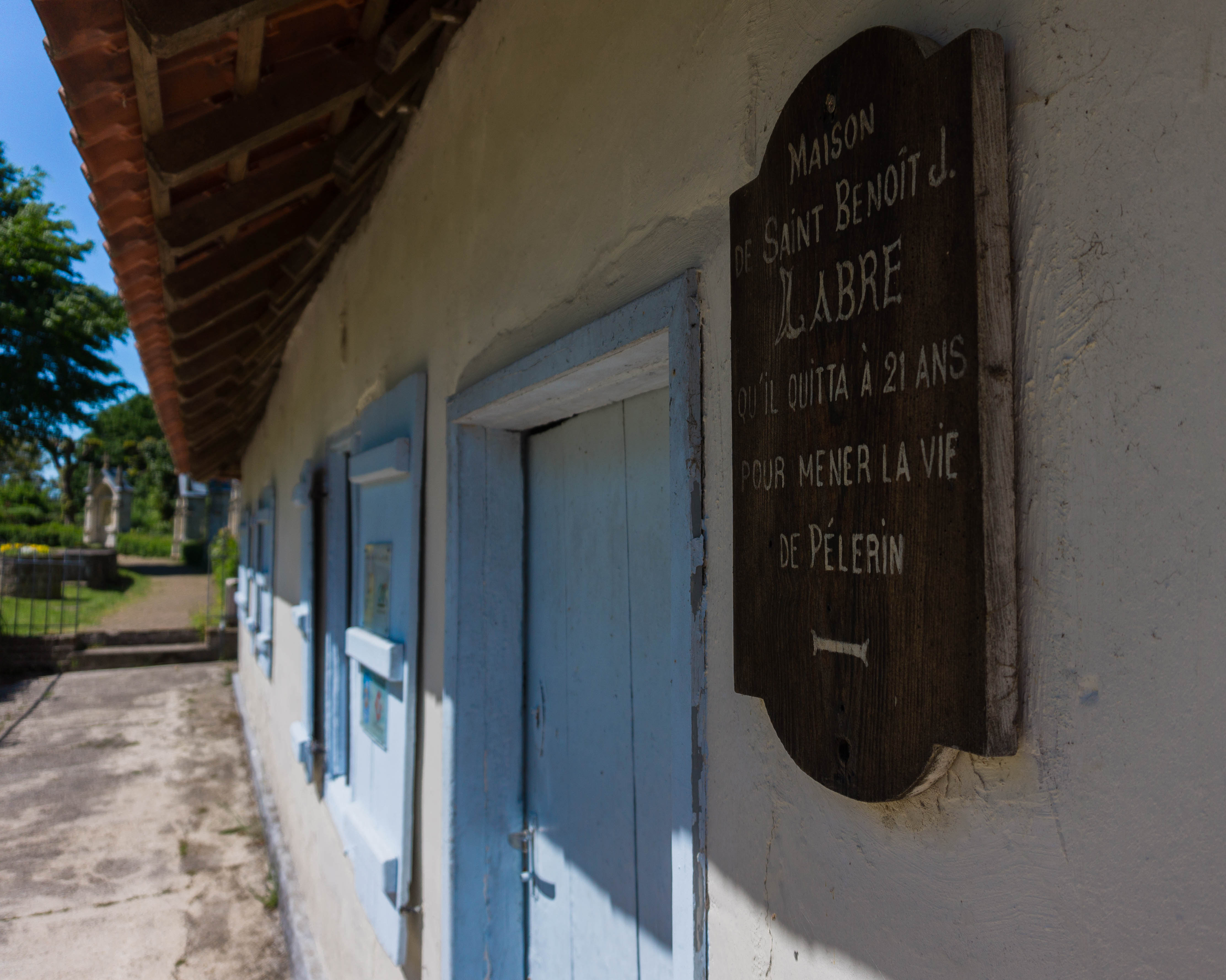
After we left the nuns we were walking steadily to Arras, coming across the giant ruined façade of monastery Mont-Saint Eloi. Utter havoc had been wreaked on it over the years, stuff of revolutions and Wars. It marked the first time too that we had seen France’s scars from two World Wars. The ruin suddenly seemed more like a battleworn watchtower, survivor and protector of old Arras.
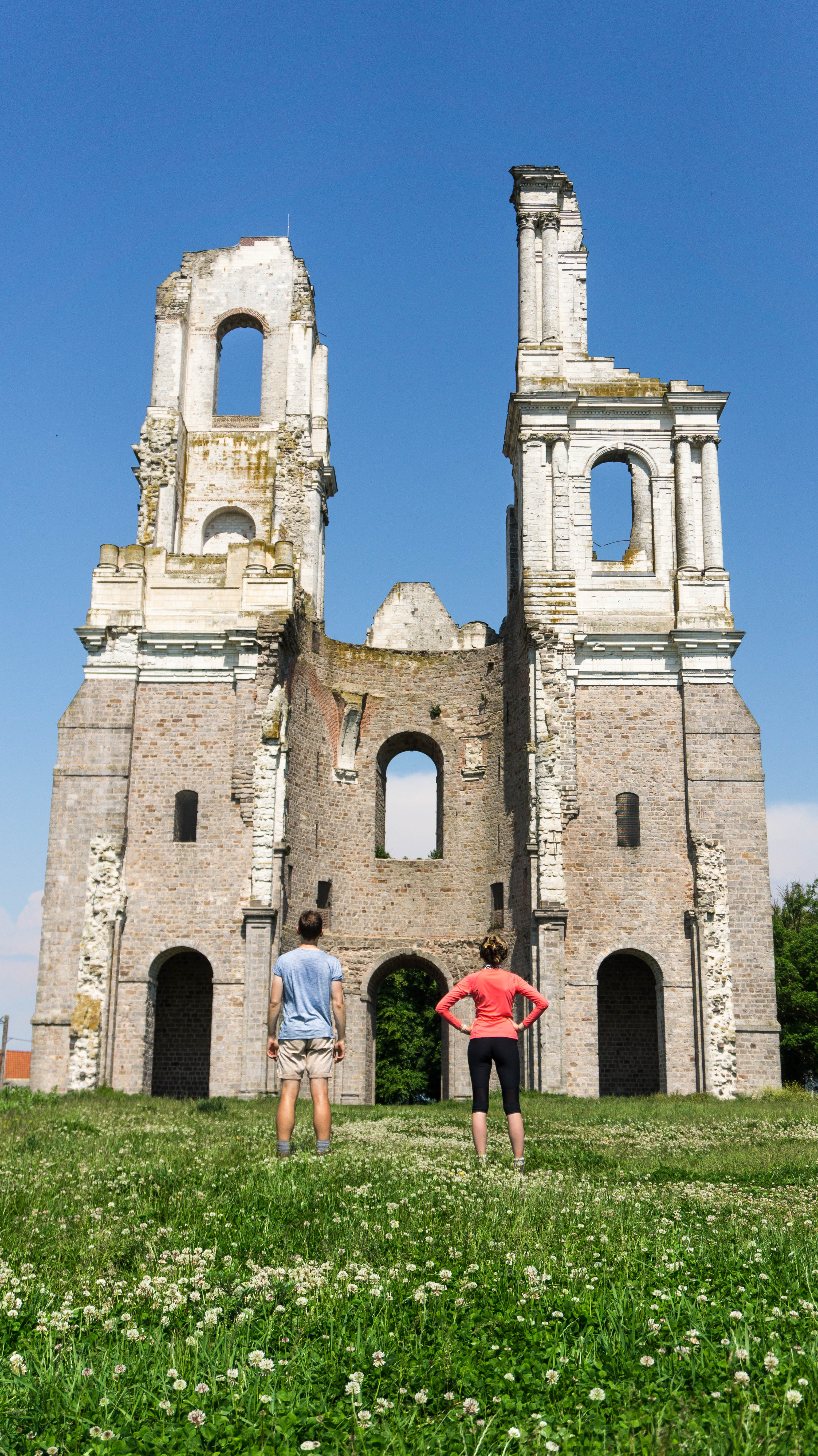
The long walk through the outskirts of Arras to its centre was meandering, and blisteringly hot. Our only real stop was at a little spring – struck, so they say, by local legend Saint-Bertille in the middle of some desperate drought.
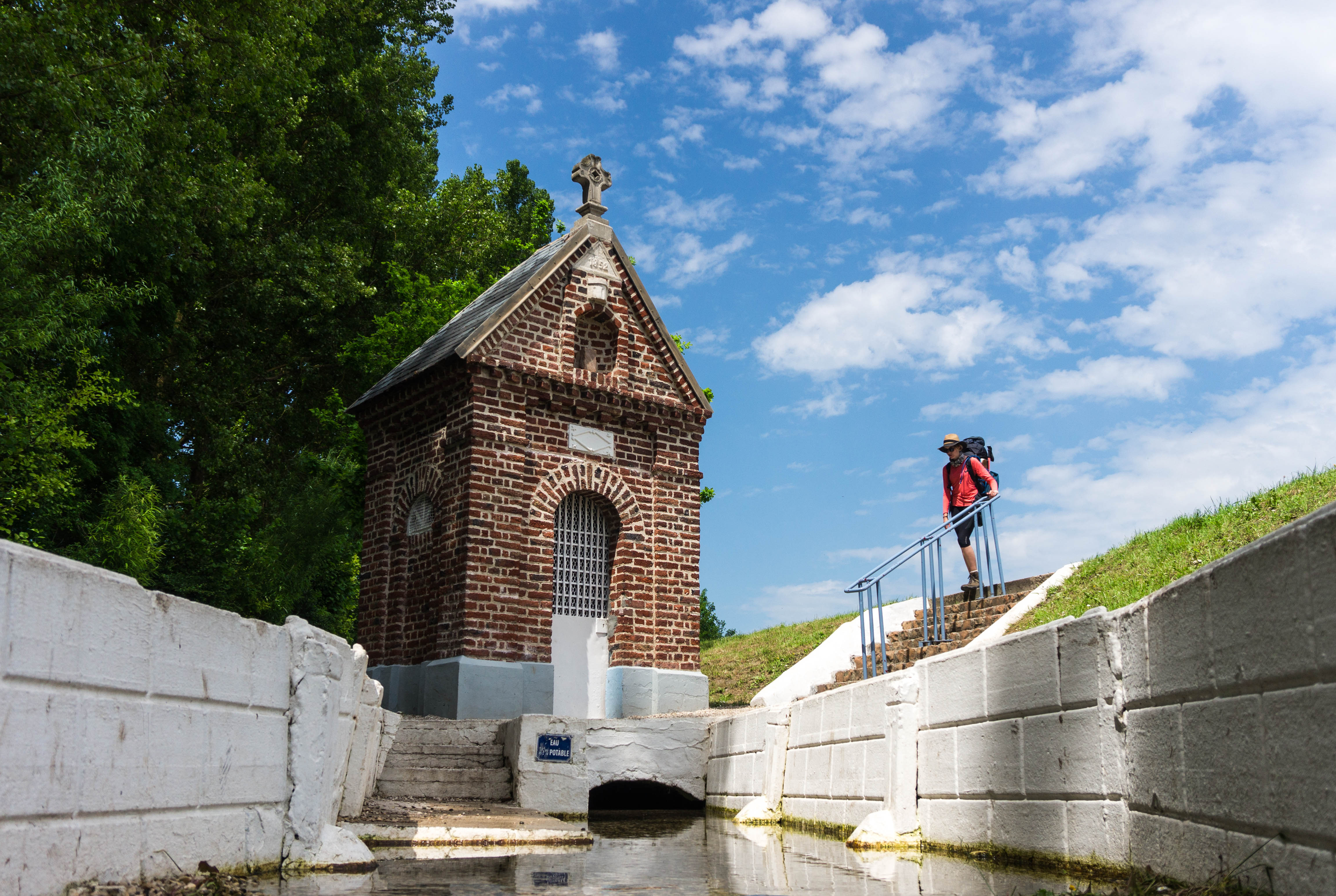
When we finally arrived in the main square of pretty Arras, we sat and looked around, actually amazed. Amazed to have really walked there, amazed we were still in one piece. We had booked a tiny AirBnB across the railway, and wandered the streets for two days. We really liked Arras: cute cafes and artisan shops line the squares that were originally medieval, now a lot of careful post-War reconstructions. It’s a bright, sunny place with a dark and gutsy undertow which we found completely compelling. And plus it’s where we began to think: we can actually do this.
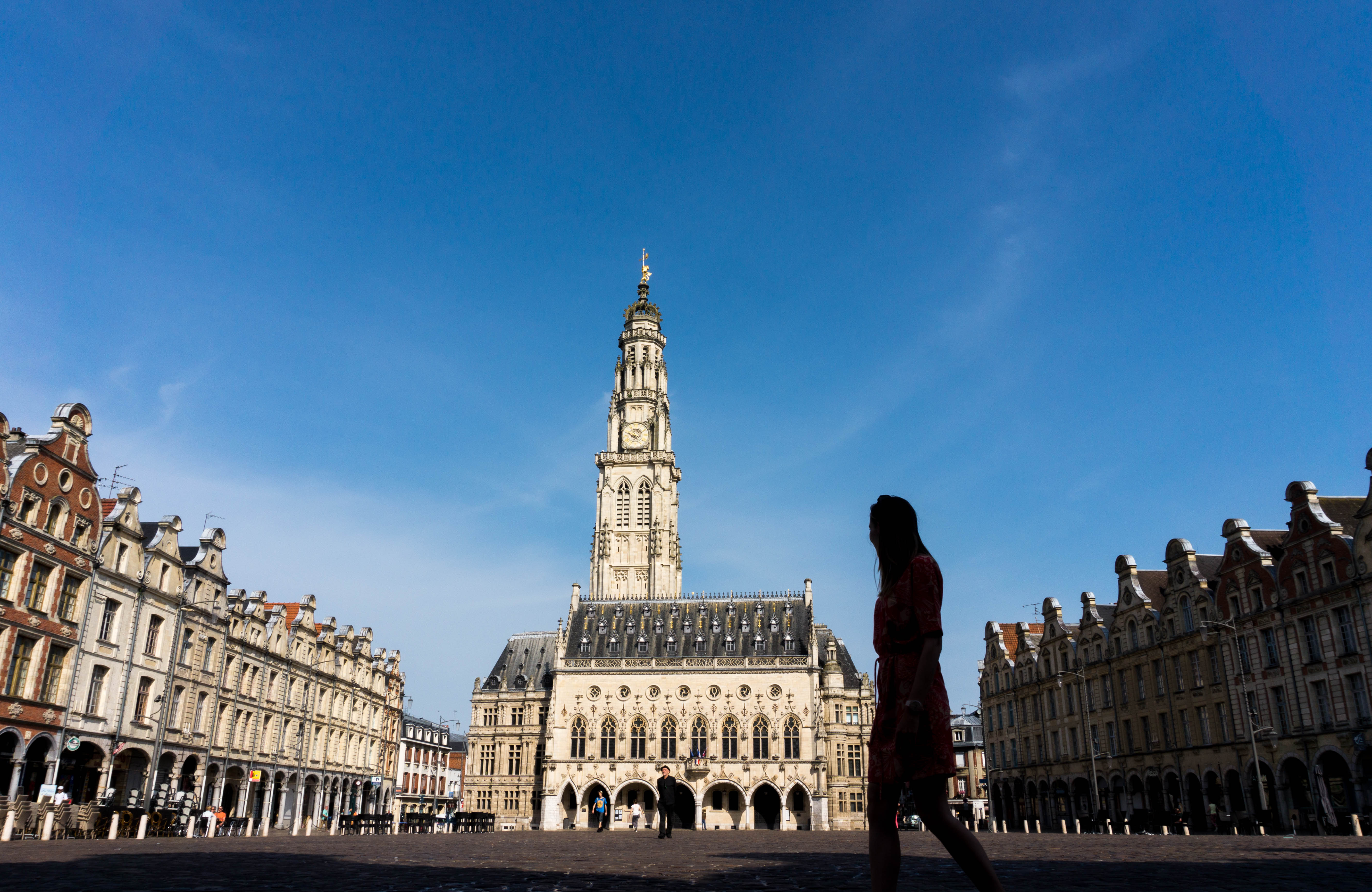
Two weeks of walking. Honestly it had already begun to feel triple that, and we wondered why. With whole-day-every-day-walking, everything about how you live and how you think shifts. Your mind wanders with you, and we are both still adjusting to a life of constant change – but also of adventure.
It’s actually not really a walk, it’s a whole lifestyle.
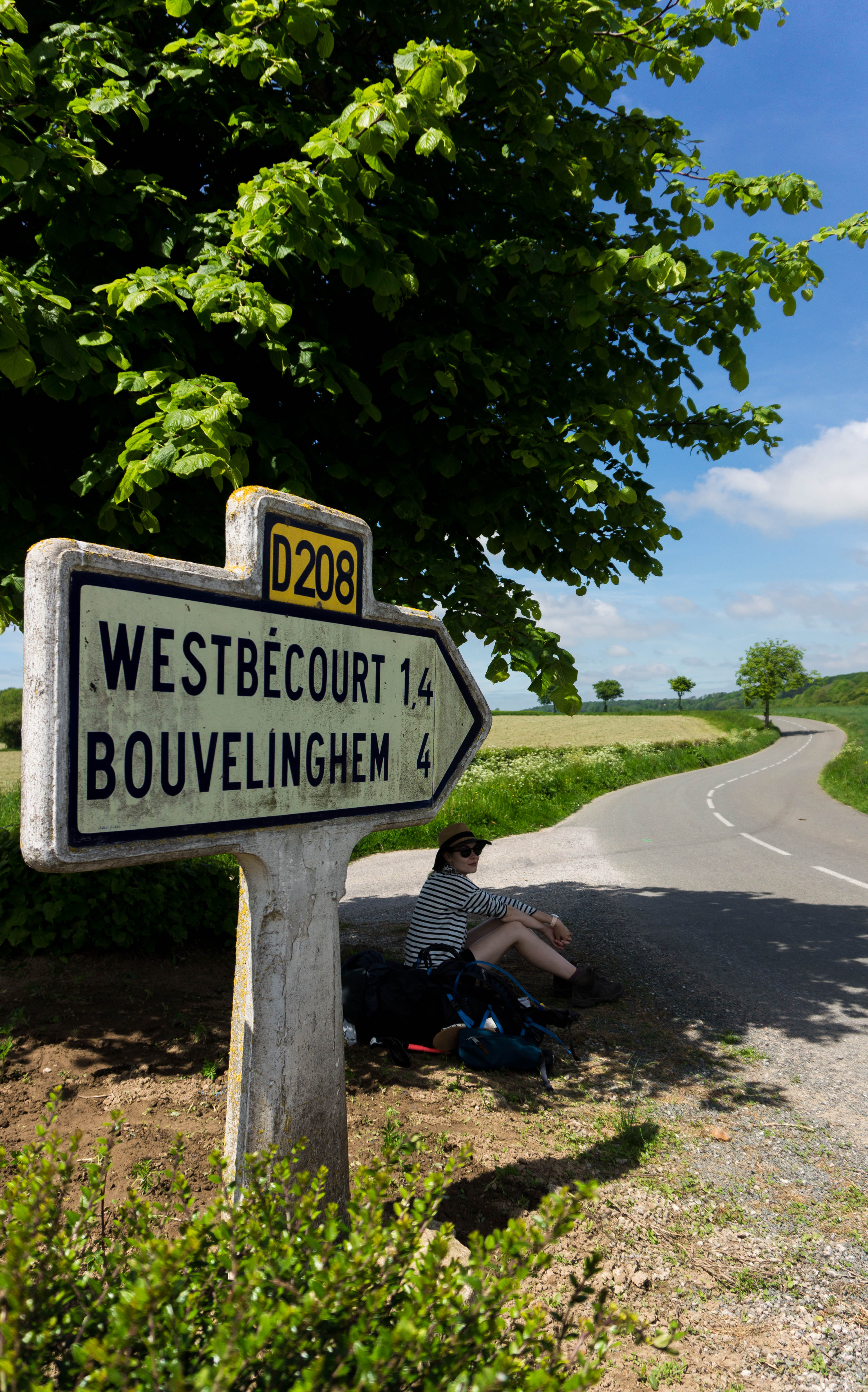

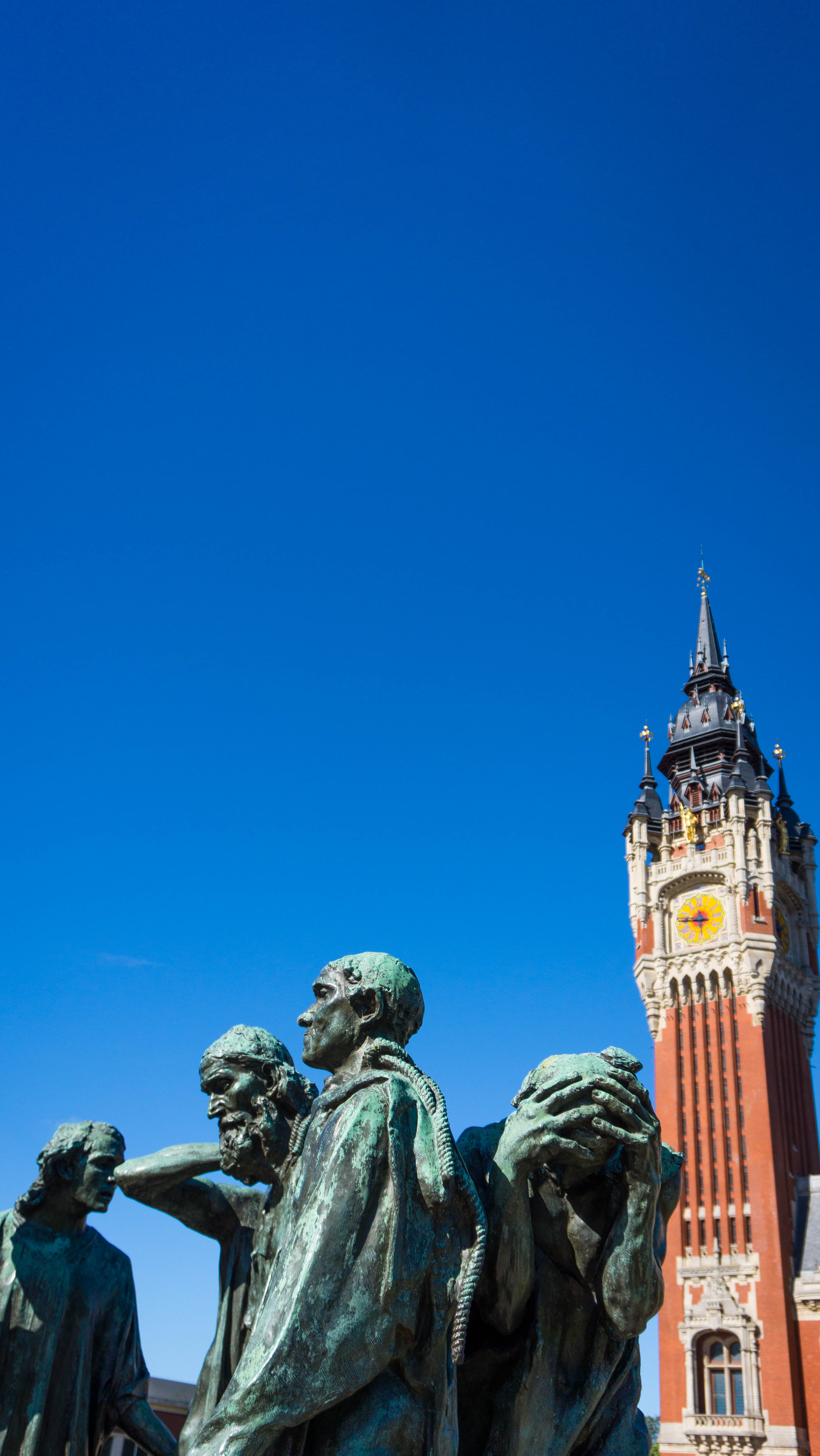
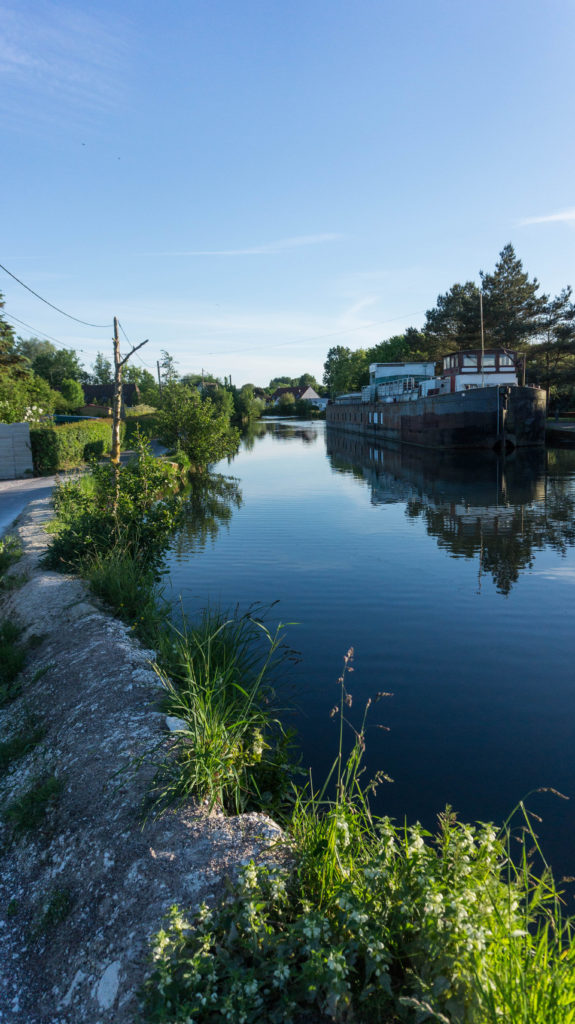
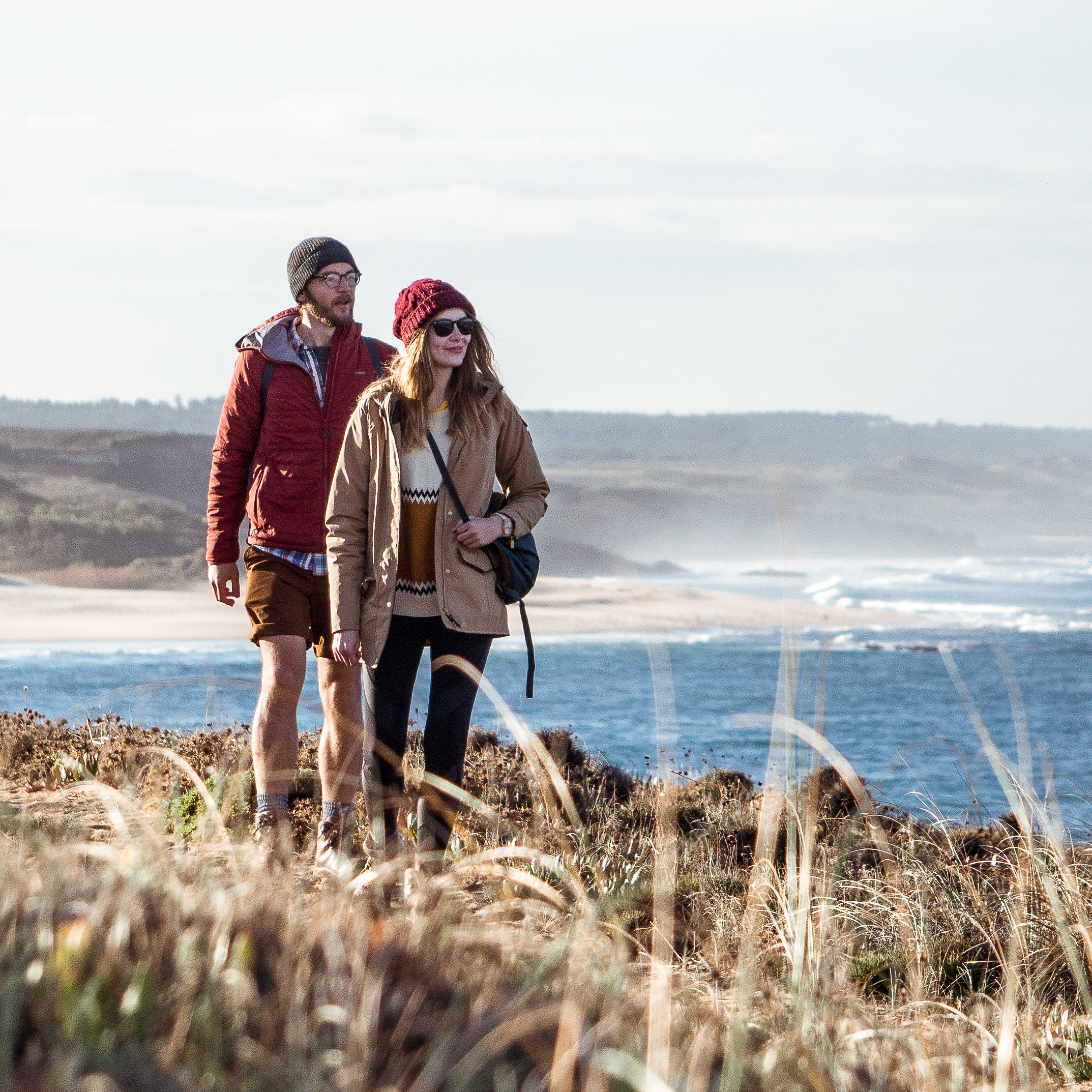
Alongside all the beauty , I would also like to hear about the challenges and difficulties, both physical and mental, of undertaking such a mammoth walk and whether you are able to keep abreast of issues at home…..political chaos following the election!
Keep going!
Hi
Myself and my wife are thinking of walking the via Francigena this year (but staggering it over several years). Is it particularly expensive in staying in the accommodation? (and what is the typical cost of staying in a campsite, a pension, how many monasteries are there where you can stay for free etc.). We hope to be walking from Canterbury into northern France this year.
Many thanks Andrew
Hi Andrew, thanks for getting in touch. Glad you found us!
How far are you thinking of walking in 2018? To Arras or Reims?
Campsites are between 10 and 20 euros in France, up to 40 swiss francs in Switzerland and about 25 euros in Italy per night per couple in a small tent.
In pilgrim accommodation and monasteries you are looking at donativo. In many places you are treated so well that you want to give quite a lot to your hosts. It really is down to you.
We budgeted for 50 euros a day, and kept to it for our four month walk.
Hope this helps.
Hi Luke,
For the first stage we will hope to get to Bapaume. I think this is around 260 km’s. We usually walk for approximately 15-17 days at a time. Our maximum walking in a day is about 5 and a half hours.
I have the Lightfoot guide book which divides the journey into stages (some are 30km and some are 20km, with some in between). 30km would be slightly too long for us though.
The Lightfoot guide looks good, but gives several alternatives when describing the route, which can be confusing when deciding the best way to go (our priority will be using the quickest route, but we want to avoid main roads where possible). We are going to use a map and compass, are the IGN maps the best do you know?
The Via Francigena will be quite different from the Camino de Santiago, which had pilgrim accommodation in every town. Did you find that you had to plan ahead where you were going to stay that evening and phone ahead etc.?
10/20 Euros doesn’t sound too bad for the accommodation and 50 Euros a day sounds like a good budget to aim for.
Your responses are very helpful.
Thanks
Andrew and Diana
Hi Andrew and Diana,
Ah Bapaume, we remember it well. We would suggest however going one town further to Peronne, because the walk between Bapaume and Peronne is very interesting, walking a front of the Somme at Rancourt. Really very interesting place Rancourt. Go and see it in 2018!
You will get the hang of the Lightfoot, but we agree it is a little confusing to begin with. It is the better route than the Cicerone suggested route. With the Lightfoot you will find you follow the route which has been signposted (most of the time!). Whereas with the Cicerone route, you don’t follow the route much at all in northern France, instead going on roads (many large and busy). We started with the Cicerone and quickly changed to Lightfoot. Very good decision!
We did plan ahead for accommodation. We would call and email places at the very least a day ahead. This worked fine. Don’t worry if your French isn’t great – ours isn’t! – we found tourism offices were very helpful in getting us booked in somewhere.
Any other questions, just send us an email: luke@whatifwewalked.com
Love your blog. We did the via podiensis (Chemin de saint jacques) from Le Puy on Velay to Santiago de compostella in 2015 and planning to do the Via Francigena next year, starting late May. We only have 9-10 weeks, but based on the distances we did on the camino (and the fact we will stay in hotels mainly and no camping!) I am hoping we should be able to do the whole thing to Rome on foot. Otherwise we will have to catch a train for small bits on it. Are there any parts that you liked less than others? I am thinking possibly a few days after Chalons en Champagne, where it sounded very hot and dusty! Not to mention sparcity of accommodation! Thanks again… this blog really whets my appetite for more travel on foot!
Hello Lynn, thank you for your message, it’s good to hear from you!
Via Podiensis is some walk 🙂 You will enjoy the Via Francigena, and you’ll be able to do it all on foot if you wish.
We actually enjoyed the section after Chalons en Champagne because of the authentic experience of staying with families. It was also a unique part because of the roman road, which is quite extraordinary. However, it is dusty (very, actually!) and accommodation is non-existent (B&B’s and hotels), so it is a wise section to train past.
A lot of pilgrims we met in Italy bypassed the rice fields between Turin and Milan. We found this section at the beginning of August the toughest of the entire walk, because of heat and mosquitoes. You could hop on a train from Ivrea to Pavia if you were needing to.
Hope this helps, and I’m sure you’ll want to get it all done on foot.
Any more questions, you know where we are 🙂
Luke & Nell